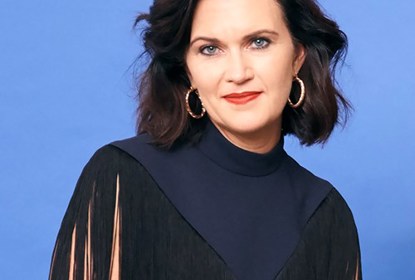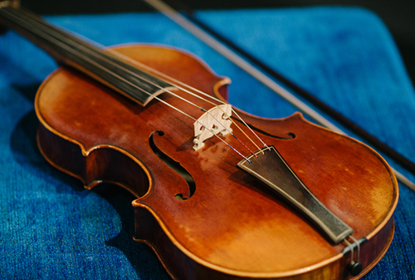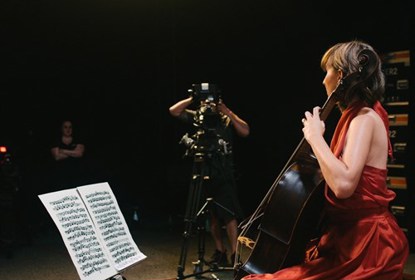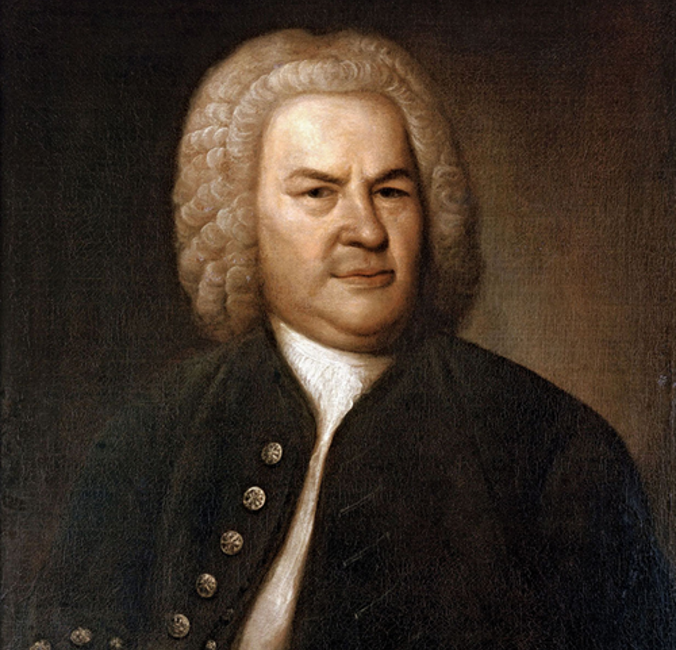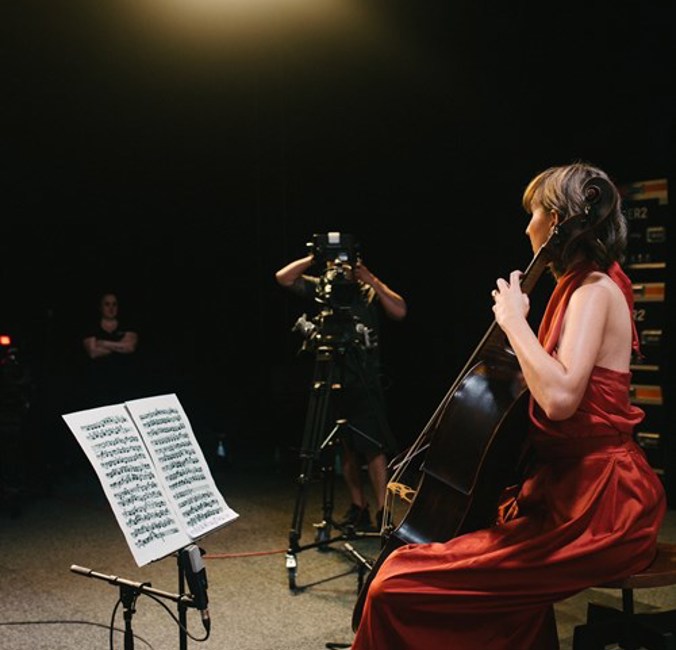Bach Series
Marianne Yeomans Baroque Viola
BACH Nº 6
Marianne Yeomans performs the Allemanda from JS Bach’s Partita No. 2 in D minor for solo violin, BWV 1004, transcribed for viola in G minor

PROGRAM NOTES
Johann Sebastian Bach (1685-1750)
PARTITA NO. 2 IN D MINOR, BWV 1004, TRANSCRIBED FOR VIOLA G MINOR
Allemanda
Music making with instruments is an art form born of invention and perhaps as old as humanity itself. In this regard, the music of the Baroque period is no different and it is in the life’s work of Johann Sebastian Bach and his contemporaries that much can be learned about the art of transcription.
In general terms, transcription is the adaptation of a piece of music for a different instrument, voice, or group of these. During the Baroque period, competition between courts in Europe was rife and the sharing of the most fashionable music of the day created a necessity for musical solutions to suit the specific instruments and forces at hand. Bach’s organ and harpsichord transcriptions of music by Vivaldi, Marcello, Torelli and others attest to this.
Despite being known primarily as a keyboard virtuoso, Bach’s skill as a multi-instrumentalist surely facilitated his work transcribing music. While he never wrote music for solo viola, it would not be irreverent to imagine transcriptions of his works for solo violin or cello being performed by other solo instruments, like the viola.
During her research in preparation for her solo performance in the Bach Series, Brandenburg violist Marianne Yeomans came across some interesting insights into JS Bach’s musical preferences:
![]()
Bach was a keen violist. He is reported to have preferred playing the viola in chamber music. Johann Nikolaus Forkel wrote in his 1802 biography of Bach, “In musical parties… he took pleasure in playing the viola. With this instrument he was, as it were, in the centre of harmony, whence he could best hear and enjoy it on both sides."
MARIANNE YEOMANS
WHAT TO LISTEN FOR
From all accounts 1720 would have been a terribly difficult year for JS Bach; the sudden death of his much-loved first wife, Maria Barbara, was only announced to him upon his return home from Carlsbad with Prince Leopold. Whether it was one of the couple’s four surviving children who gave him the news or Maria Barbara’s older sister who had been living with the family for more than a decade, is not known. History only records that this profound loss had a lasting impact on Bach’s life.
The completed autograph manuscript of Bach’s Sonatas and Partitas for solo violin also comes to us from the year 1720. Some scholars have drawn comparisons between the tragic loss of his wife and the sorrowful musical content of Partita No. 2 in D minor in particular. The Allemanda is the opening movement of the D minor partita, written by Bach in keeping with the stately, flowing steps of the processional figure dance that was popular at the time. From a performer’s perspective, Marianne Yeomans shared the following observations:
![]()
Each movement [of the partita] is written in a minor key and has strongly emotive characteristics. Despite the dance-like movements, joyfulness is not depicted in them.
MARIANNE YEOMANS
Program Notes: Joanna Butler & Hugh Ronzani, 2020
Image Credit: Katelyn-Jane Dunn, 2020
BACH SERIES PRESENTING PARTNER
Artists
Listen
{% error.message %}
More for you...
{% series.name %}
Featured Content
{% series.featuredTitle %}






